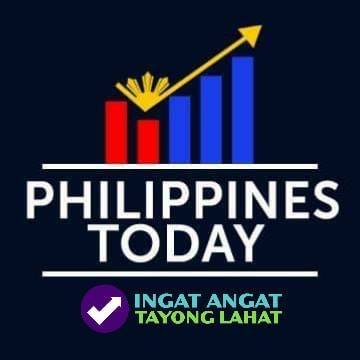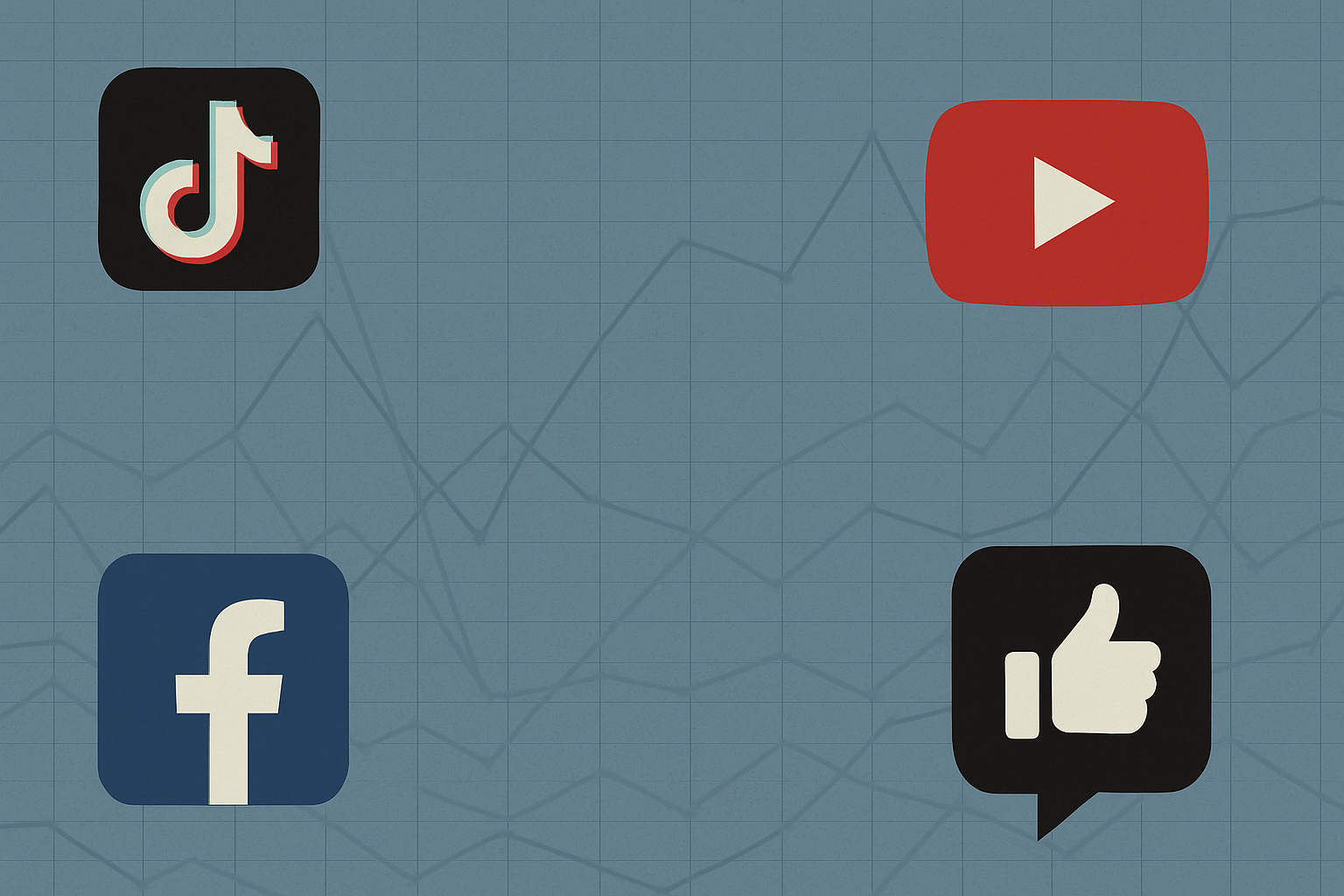How influencers are rewriting Philippine journalism
In urban Philippine households, the hum of YouTube notifications now competes with the evening news broadcast—signaling a sea change in how Filipinos consume information. Across Southeast Asia’s “social-media capital,” creators, not institutions, are becoming the most visible voices in news.
Mainstream outlets still command influence, but the reach of influencers is accelerating. Filipinos spend nearly three hours a day on social media—well above global averages—and brands increasingly turn to influencer marketing. Spending on influencer advertising jumped 15.9% in 2024 to $109 million, accounting for 5.6% of all digital ad spend, according to media intelligence firm Meltwater.
For journalists and academics, the rise of personality-driven news is both opportunity and alarm. Media ownership remains concentrated, networked disinformation thrives, and rural audiences still rely on radio and TV—a digital divide that limits the reach of creator-journalists. Yet many see creative potential. Journalist-turned-content-creator Christian Esguerra asks of the chaotic social-media universe, “Why not put more journalists there?” He argues, “by providing more factual information, even if the content is the same, we’re doing great work in improving the level of public discourse in our country.”
Smartphone ubiquity and the hunger for immediacy have shifted Filipino news habits from print and broadcast to social feeds and short-form video. Influential voices—from former anchors to historians on TikTok and Facebook—are stepping in as traditional outlets lose ground. Esguerra insists, “all journalists are content creators when they go online, but not all content creators can be journalists.” Alongside him, broadcaster-turned-senator Raffy Tulfo dominates with Raffy Tulfo in Action, a YouTube juggernaut that blends personality and politics, drawing tens of millions of views. Lifestyle editor Krizette “Kiffy” Chu illustrates the power and perils of influence: with over 250,000 Facebook followers, her politically charged posts—“always about the former president,” she says—earned her a spot in a congressional hearing on fake news, where she tearfully apologized for emotional retaliation, not factual error.
The Reuters Institute Digital News Report 2025 shows Facebook (65%) remains the Philippines’ top news source, but YouTube and TikTok now account for 50% and 29% of news consumption. Watching has overtaken reading. While Filipinos favor journalists over personalities on Facebook (66%), YouTube (70%), and TikTok (61%), Instagram flips the preference—66% favor personalities.
The risks are real. Research by Cyabra found that up to 45% of election-related online conversations were driven by inauthentic or bot accounts, underscoring the scale of organized disinformation.
The future of Philippine journalism may hinge on hybrid models—where creators embrace rigorous editorial standards, and platforms support them with incentives, moderation, and visibility. In an age where the newsmaker is often the brand, credibility may depend on whether the storyteller can also be the fact-checker.



0 Comment